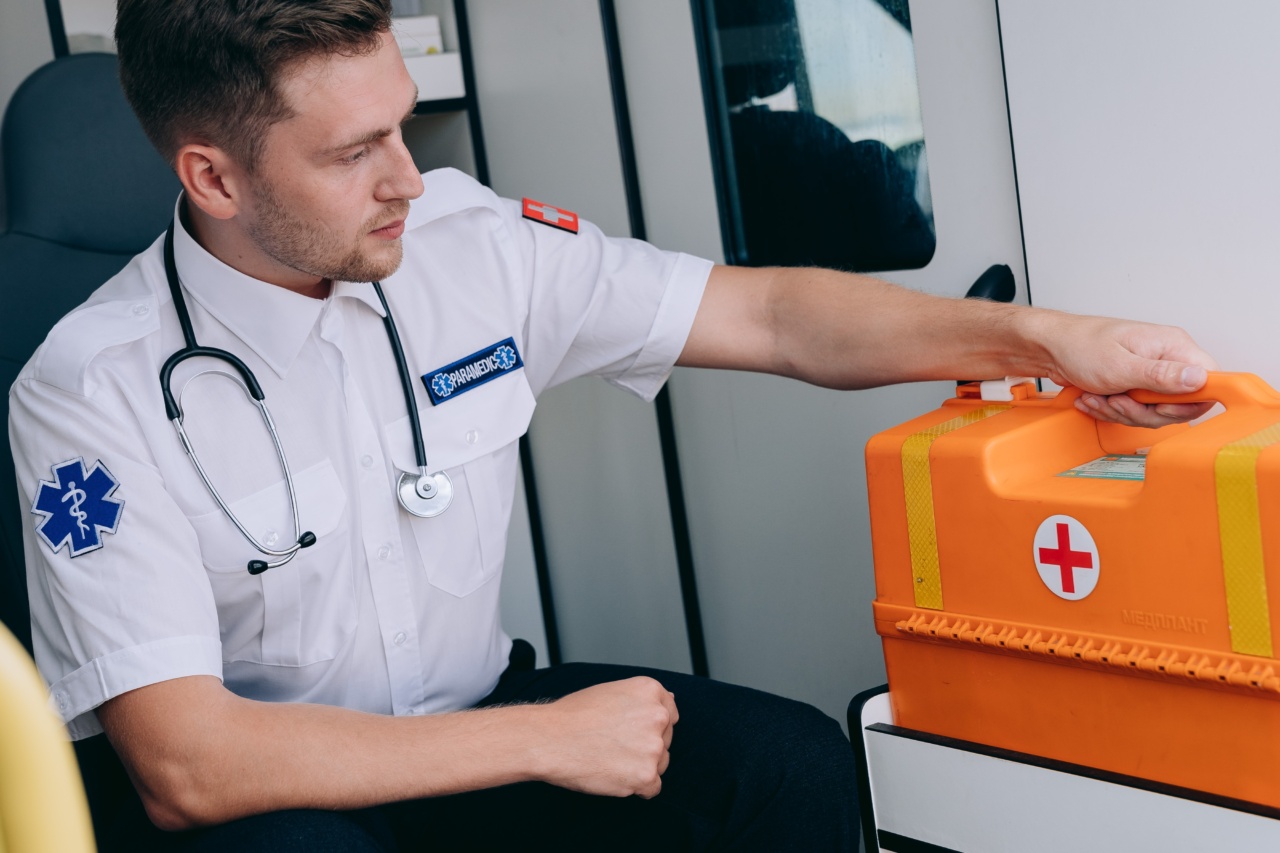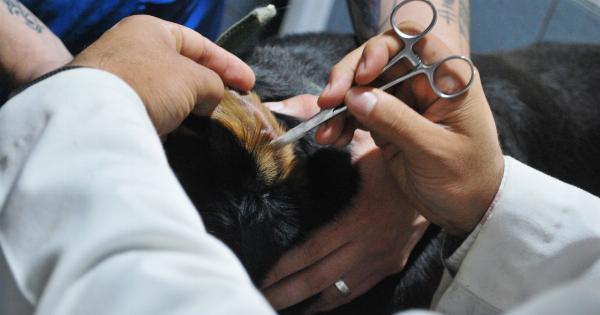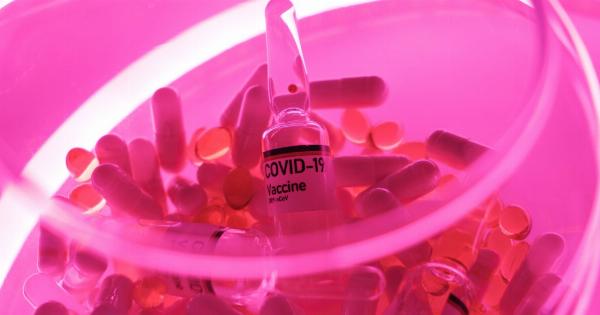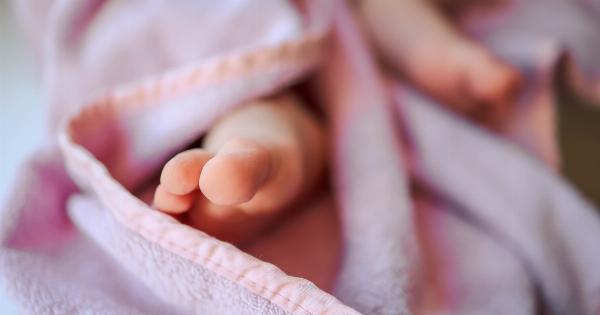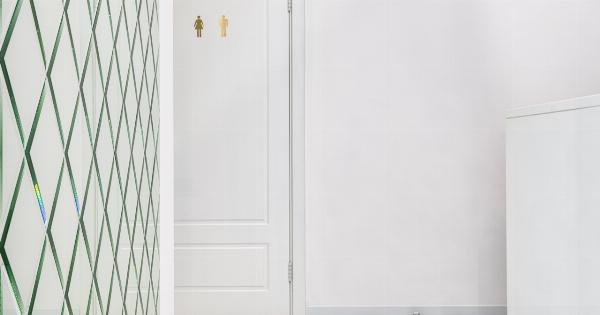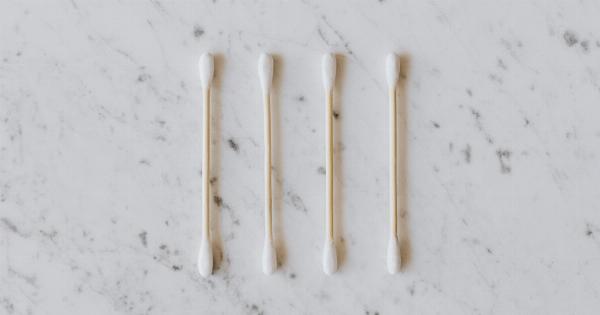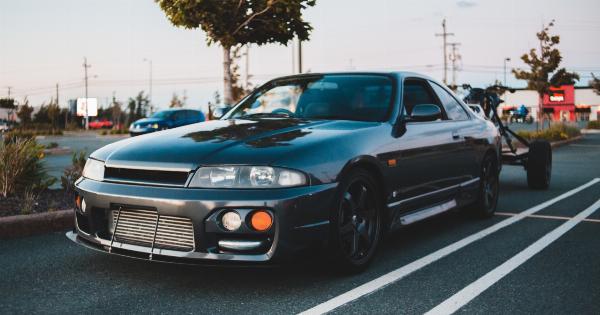As parents, one of our biggest fears is our baby getting hurt or falling ill. While we cannot prevent every mishap, we can be ready to handle them by having a well-stocked first aid kit at home.
A baby’s first aid kit is different from a regular first aid kit as it should contain essential items specific to infants and young children. Here is everything you need in your baby’s first aid kit:.
1. Thermometer
A reliable thermometer is essential for every baby’s first aid kit. You need to accurately monitor your baby’s temperature to detect a fever, a sign of illness. The options are digital thermometers, ear thermometers, and forehead thermometers.
Choose which one works best for you, but make sure it is calibrated correctly and the batteries are not low.
2. Saline Drops and Bulb Syringe
Babies cannot blow their noses, which means they can become congested quickly. Having saline drops and a bulb syringe can effectively clear your baby’s stuffy nose.
Only insert the tip of the bulb syringe into your baby’s nostril to remove the mucus, and always clean it first before using it. Additionally, saline drops help to moisten and loosen the mucus, making it easier to clear.
3. Antipyretic Ibuorofen and Paracetamol
Both ibuprofen and paracetamol are pain relievers and fever reducers, safe for babies from the second month. Always consult your pediatrician to determine the right dosage and when to administer so that you do not overdose your baby.
4. Oral Rehydration Solution
Although rare, babies can experience diarrhea, vomiting, or dehydration, which can happen very quickly in a baby’s body. Oral rehydration solutions help restore the balance of fluids and electrolytes in your baby’s body.
Pedialyte is an excellent choice for babies, but you can consult with your pediatrician for the right brand.
5. Sterile Saline Solution and Swabs
Cuts, scrapes, and bruises are inevitable when babies start to move around. Sterile saline solutions and swabs are used to clean the wound, preventing infections. Always dispose of used swabs properly and avoid sharing them among people.
6. Diaper Rash Cream
Most babies experience diaper rash as they wear diapers frequently. A cream containing zinc oxide soothes the rash and provides a barrier to looser stool. A&D Ointment and Desitin are fantastic options.
7. Adhesive Bandages and Sterile Dressing
The adhesive bandages are useful for minor cuts and abrasions that do not require emergency care. Sterile dressings help to cushion a wound and protect it from infection.
Make sure you have different sizes of bandages and dressing to cater to various injuries.
8. Baby-safe Scissors and Tweezers
A sharp pair of scissors and tweezers come in handy when trimming your baby’s nails or removing a splinter.
Ensure that the scissors have rounded edges to prevent accidentally snipping your baby’s skin, and the tweezers have a good grip to pick out a small object more easily.
9. Antihistamine
With frequent exposure to different types of allergens, your baby may develop an allergic reaction. Antihistamines are used to relieve symptoms such as swelling, runny nose, itching, and hives.
It is recommended to consult with your pediatrician before administering an antihistamine to your baby.
10. Emergency Phone Numbers and Handbook
It is essential to have a handbook with essential information such as dosages of medicine, emergency contact information, and steps to take in an emergency.
Keep this handbook in your first aid kit, and it should also include emergency phone numbers of pediatricians, poison control, and emergency services.
Conclusion
A baby’s first aid kit is a must-have for every parent, and it should contain essential items specific to infants and young children. It is essential to check that everything is in good condition and not expired regularly.
It is also essential to keep the first aid kit in a secure and easily accessible place in case of an emergency.
